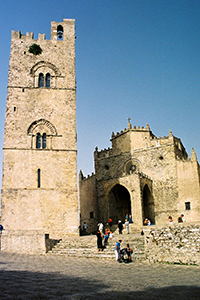Speaker
Description
The CERN-MEDICIS facility delivered its first radioactive batch for research in May 2018. Based on the ISOL method for radioactive ion beam production, MEDICIS relies on the CERN PS-Booster for target irradiation, but, unlike ISOLDE, it is not coupled ‘on-line’ to an isotope extraction system. Instead, targets are typically irradiated (while cold) at the ISOLDE proton beam dump location and then rapidly transported to MEDICIS for isotope extraction. This key difference presents a unique challenge in terms of ion source operation: ISOLDE targets are outgassed before use and the isotope release and in-target production occurs concurrently. Conversely, for MEDICIS, production occurs first and it is the isotope extraction and target outgassing that occurs simultaneously. Furthermore, to preserve the sample and maximize the specific activity, the sample extraction should occur in a fraction of the time that was required for its production.
In this presentation, a newly developed VADLIS with tunable extraction voltage is introduced. This ion source is capable of efficient electron-impact (VADIS) or laser ionization (RILIS). A factor of >2 increase of the efficiency in RILIS-mode has been demonstrated for gallium (off-line) and magnesium, molybdenum and mercury ion beams (on-line). In this work, it will be shown how this modified VADLIS could offer a significant ion capacity advantage (μA vs nA) with respect to the hot-cavity RILIS.
We will also show how particle-in cell software have been used, along with experimental data, to gain a deeper insight into the VADIS performance. The effect of the magnetic field on the electron, ion and electrical potential field distributions inside the anode cavity will be discussed. The simulations provide for the first time a plausible explanation of some experimental observations which imply that the VADIS is not simply an electron-impact ion source, and that the interplay of ion and electron dynamics in the plasma must be considered.




